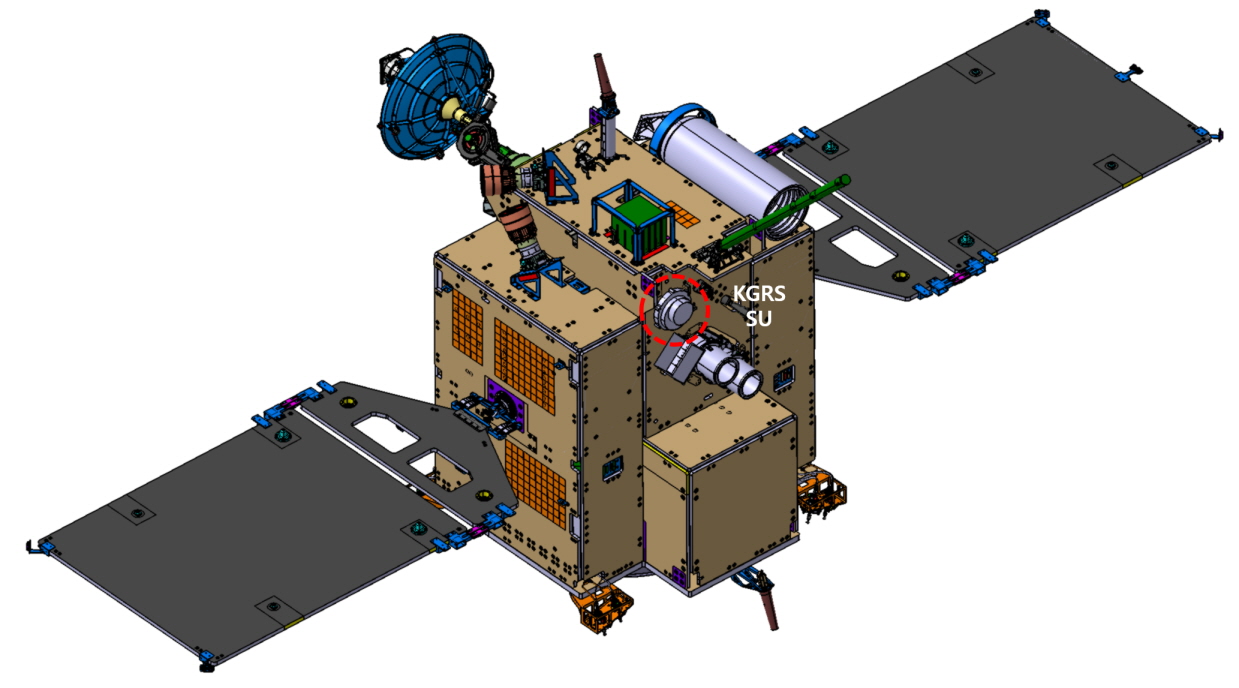DEVELOPMENT OF A GAMMA-RAY SPECTOMETER FOR THE KOREA PATHFINDER LUNAR ORBITER |
KIGAM has developed one of the six payloads onboard the Korea Pathfinder Lunar Orbiter (KPLO), which will be launched by August, 2022. The KPLO Gamma-Ray Spectrometer (KGRS) is a compact low-weight instrument for elemental analysis of lunar surface materials within a gamma-ray energy range from ~30 keV to 12 MeV. The mass of KGRS is 6.83 kg, the power consumption is 8.5 W and the gamma-ray spectrum is collected every 10 sec. The major components of KGRS consist of a primary LaBr3 gamma-ray detector with an anti-coincidence counting module comprising a 5% boron loaded plastic scintillator to reduce both gamma-ray background from the spacecraft and housing materials, and cosmic ray background. The science goals of KGRS are associated with investigations of both lunar geology and lunar resources down to a half meter depth of the lunar surface. Both an Engineering Qualification Model (EQM) and a Flight Model (FM) of KGRS have been successfully developed at Korea Institute of Geoscience and Mineral Resources (KIGAM). The FM unit was delivered to KARI in December, 2021. Currently, KGRS sample data processing work has been initiated to prepare for KGRS data analysis and delivery of KGRS data product in time. KGRS data can be important for investigation on future lunar landing site for prospecting lunar ISRU (In-situ resource utilization) on the lunar surface. KIGAM will process KGRS data for cruise and nominal mission data to investigate both lunar radiation environment and major and minor elemental maps of the Moon. The KGRS data are expected to be publicly available 1 year after the first measurement of KGRS.
Contact: Kyeong Ja Kim (kjkim@kigam.re.kr)

Fig. 1. Design view of the KGRS onboard KPLO